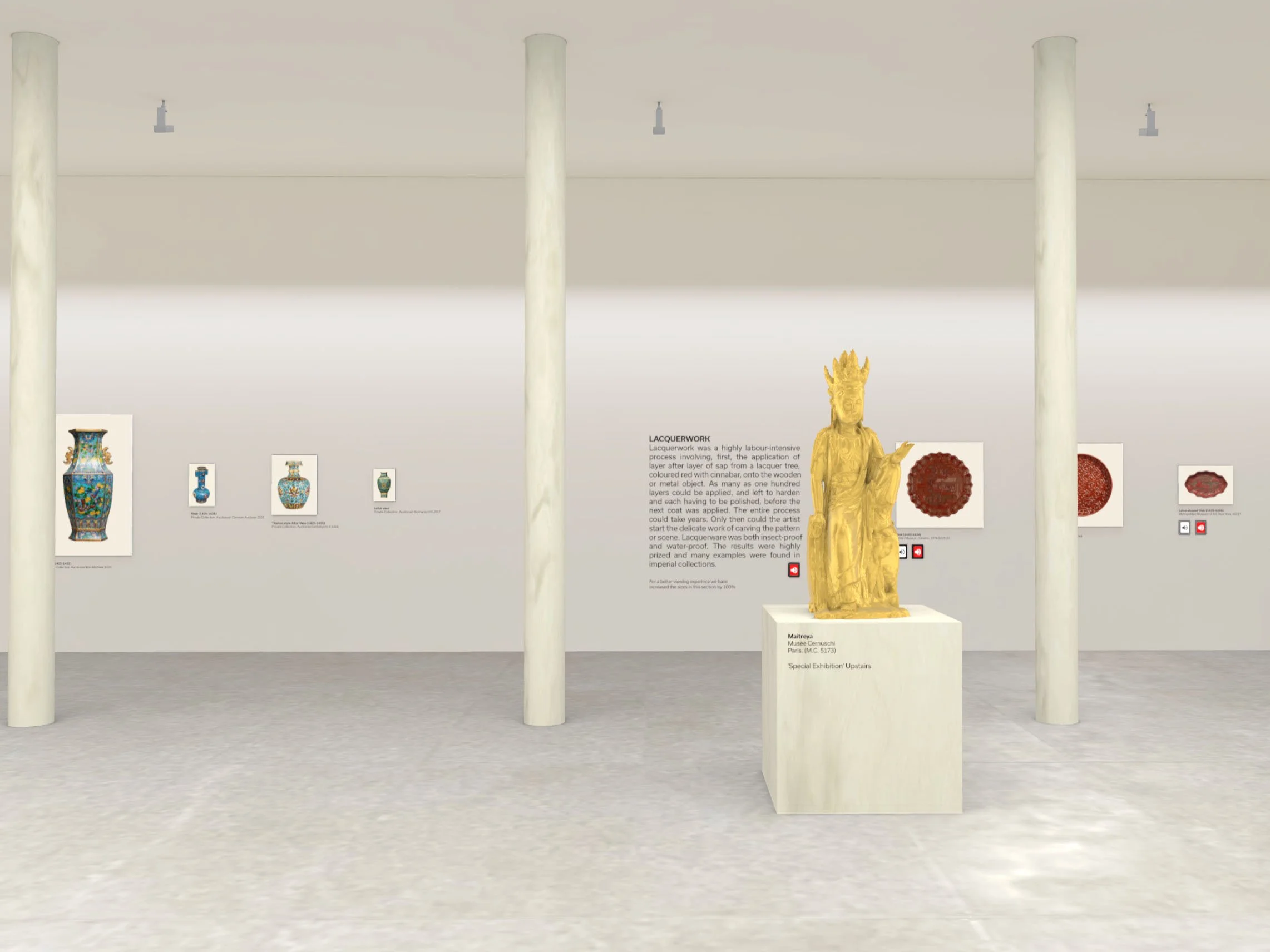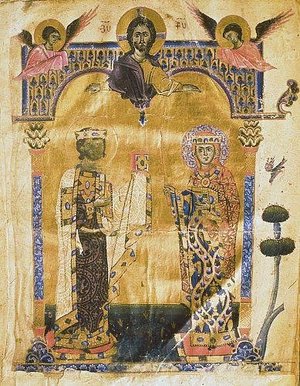Silk Road Museum: Nanjing 1368 - 1450
This exhibition is presented inside a Bespoke CGI Virtual Gallery, a custom built digital environment designed to recreate or imagine a curated exhibition space online.
Discover our Bespoke CGI Virtual GalleriesSilk Road Museum
Introducing the Silk Road Museum: An International Collaboration for a Virtual Exploration of Cultural Heritage and the Unveiling of its First Iteration, 'Nanjing 1368-1450'. V21 Artspace, in collaboration with VirtualMuseum360 (project initiators) and an international network of scholars, proudly announces the unveiling of the Silk Road Museum. This revolutionary virtual museum focuses on the art, culture, and historical complexities of the ancient Silk Road, and is delighted to present its fir...
Related Links
Image Gallery

Nanjing 1368 - 1450 Silk Road Museum

